Small Stocks for Big Profits: Generate Spectacular Returns by Investing in Up-and-Coming Companies
$18.20
| Author(s) | |
|---|---|
| Pages |
224 |
| Format |
|
| Publication Year |
2008 |
In Small Stocks for Big Profits, George Angell outlines an effective strategy for finding up-and-coming companies with the potential of earning you incredible returns. Filled with in-depth insights and practical advice, this reliable resource shows you how using a combination of technical and fundamental analysis-along with other essential tools-can put you in a position to profit from the explosive growth of smaller companies with undervalued, low-priced stocks.
Author’s Introduction:
I’ve been reading books on trading stocks, futures, and options for more than 40 years. Indeed, I’ve even written close to a dozen books on Wall Street. But not one of them prepared me for what I learned in the first two weeks as a pit trader on the floor of one of the Chicago exchanges. The theory is one thing; the reality of risking your money is quite another. Not long ago, when I glanced through the pages of a number of investment books at my local bookstore, I noticed how useless most of the well-meaning advice was for the beginning investor. The books told the reader to diversify, as if that were the answer to finding the best stock.
This, in fact, is known as the “spaghetti” technique, in which you throw bunch of wet spaghetti against a wall to see what sticks. Similar investment books sang the praises of mutual funds or dollar cost averaging, in which you willy-nilly keep buying regardless of the wisdom of your stock selection. This latter piece of advice is given in hopes that the market will subsequently rise. What about not purchasing a bad stock in the first instance? There are a variety of ways in which stocks tell their stories. One is when a formerly quiet company suddenly experiences overwhelming share volume.
There are other technical clues. But a stock’s story may be highlighted in something as simple as excessive insider buying by company officers and directors. These individuals, who are closest to the company, are often the ones who buy and sell significant blocks of shares just before a market-moving event. There are ways to read the footprints of the insiders for those in the know. One such good indication is worth a dozen guesses. When you think about it, you need only a few good stocks to make a significant amount of money.
Contents:
- Making Money in Small-Caps
- Getting Started in Technical Analysis
- Profitable Strategies
- Timing
- IPOs
- Insider Buying
- The Selection Process
- Options
- Your Roadmap for Success Tomorrow
Small Stocks for Big Profits: Generate Spectacular Returns by Investing in Up-and-Coming Companies By George Angell pdf
5 reviews for Small Stocks for Big Profits: Generate Spectacular Returns by Investing in Up-and-Coming Companies
Clear filtersOnly logged in customers who have purchased this product may leave a review.

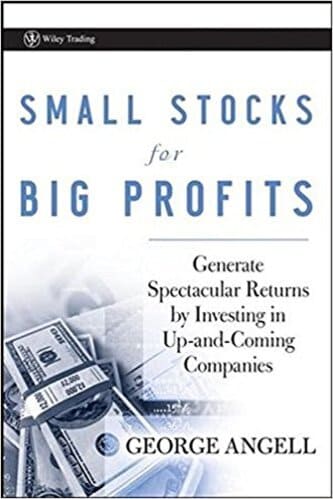
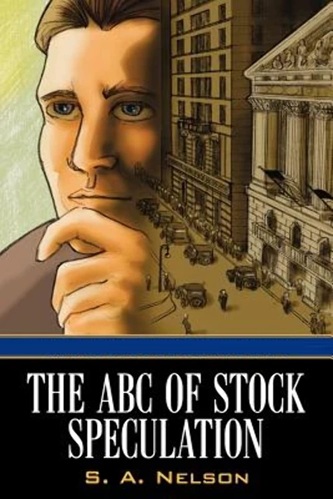
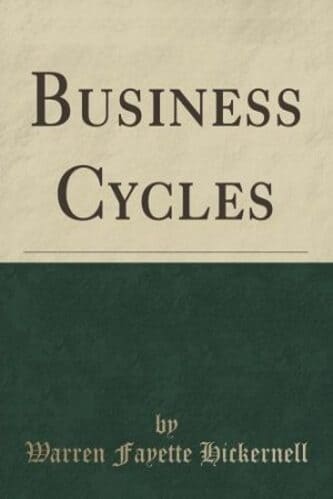
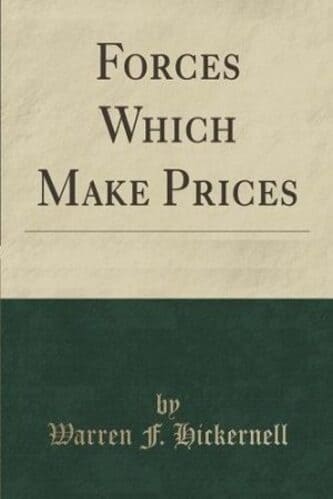
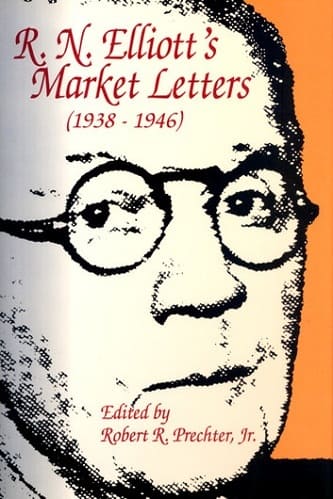
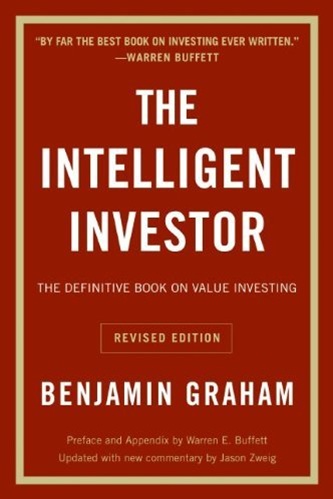
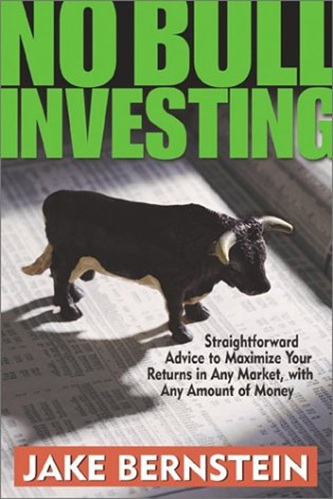
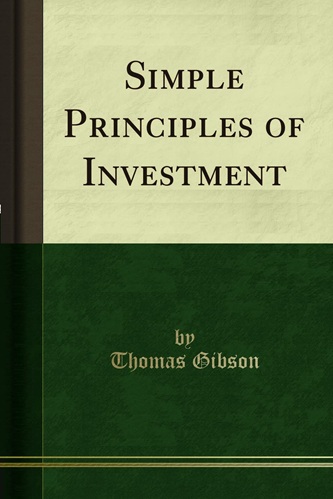
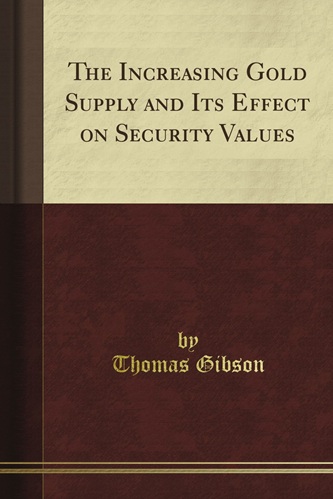
Carter Garrison (verified owner) –
George has done it again with Small Stocks for Big Profits. His in-depth experience is invaluable in helping traders explore stocks that are $5 or less, without getting caught up in the fly-by-night idea companies that plague this investment level. He shows you where to look for opportunity and more importantly how to lock in profits in this little understood investment arena. Impressive!
Bentley Gibbs (verified owner) –
Another excellent book from Mr Angell. For me it could be “sniper trading….what I did next!”
The manuscript reads as completed early 2006, so no mention of the 2007/8 crisis. And that’s the beauty of Mr Angell’ s methods. Financial crisis or no….small stocks still behave with the predictability that can be identified using the ideas proposed in this book.
I recommend it, especially if like me you are looking to change your day trading techniques for a less frenetic ride!
Baylor Pena (verified owner) –
This book is great for learning about small cap stocks. Small caps can be profitable investments and for trading opportunities. You will get much development on this topic.
Rachel Fernandez (verified owner) –
There’s a good reason George has the reputation he has.
Noe Wilson (verified owner) –
Till now, my experience with trading books were such:
1) If book was written about FA (fundamental analysis), it totally ignored then anything else, what is outside this topic – no market timing, money management, risk management, seasonality and psychology topics were covered
2) If it was TA book – it were laughing on all fundamentalists waving from every page that P/E ratios are losers choice, and let’s draw the trendlines and search for the head and shoulders, and we should not care, what’s the symbol under this graph. Such book authors are able to find head and shoulders on cardiogram and say, hey, this guy is gonna die, see his pattern,
3) Those few FA & TA books i have, then or were poorly covering both, or were concentrating too much on other.
4) Now, this book covers:
– FA – as much as you really need, and do not tries make a CPA from you
– TA – in a way which does not looks like a alchemy or astrology – author does a job for us telling which patterns and things are really worth to look,
– Seasonality, and not just “sell in may and get back in october”, or revealing a “secret” about Santa rally, but seasonality in such micro level as for day of weeks – like if friday is up then monday morning is down and so on – a lot of such cyclicals to consider
– Psychology topics are covered
– MM – money management, and what is most important – not just when you need to buy, but also when you need to sell. Most FA books i have lacks this – they will tell you when to buy, but when to sell, will cite the mr. Buffet with his “my favorite time frame is “forever”.
– much other things.
What I think was not covered in the book is the position sizing – but that is a topic perfectly explained in any of Van Tharp books – like Trade Your Way to Financial Freedom
I believe combination of those 2 books is a winning combination